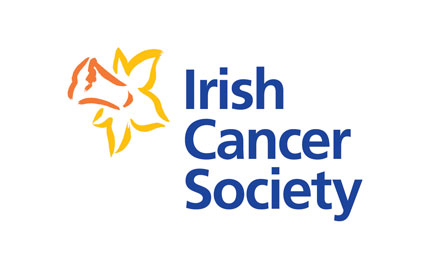
posted by Irish Cancer Society
08 October 2008
What is Cancer of the Thyroid & what is the Treatment ?
What is Cancer of the Thyroid Gland and what Treatment is Given?
The thyroid is a small gland in the front of the neck just below the voice box (larynx)
The thyroid is sometimes known as the “activity” gland because it produces hormones, which help to control various functions.
Thyroid cancer is rare and usually affects middle aged to older people.
The causes of thyroid cancer are unknown but there are some risk factors involved which may include :-
An enlarged thyroid (goitre), thyroid nodules (adenomas), Inflammation of the thyroid (thyroiditis)
An inherited faulty gene
A diet high in fat and low in iodine
Thyroid cancer can develop many years after exposure; for example, following the nuclear explosion surrounding Chernobyl in the Ukraine
Children who had radiation treatment as a child may be more at risk in later life of developing thyroid cancer
Treatment
Surgery, radiotherapy, radioactive iodine treatment and thyroid replacement therapy can be given alone or in combination Radioactive iodine is a substance taken as capsules or a drink or injected into the vein in your arm. The thyroid cancer cells absorb the iodine and receive a very high dose of radiation, which will help to destroy the cancer cells.
Many types of thyroid cancer can usually be treated very successfully and many patients are cured.
